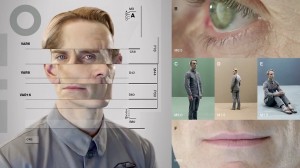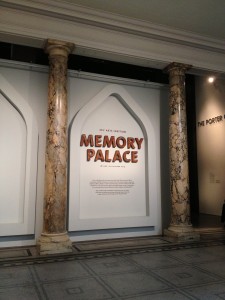A new exhibition, What Do I Need To Do To Make It OK?, features Freddie Robins and the arts of stitching and knitting, which reminded me of a review I wrote a decade ago, of an exhibition fanfaring the reinvention of knitting, Knit 2 Together at the Crafts Council Gallery.
Back in 2005, knitting was at the vanguard of the DIY/Maker Movement, and while that movement is going from strength to strength, the boom in all-things-knitted points to how commerce and the media can hitch a ride on even the most unlikely bandwagon. As I mention in the article, a decade ago yarn shops were closing. But now it can be argued that, along with other independent shops run by enthusiasts and local-entrepreneurs, crafting shops are spearheading a high street revival; while “public knitting” was once deemed radical, now it’s helping shopkeepers build communities (a “user group” even) with knitting circles that “keep the lights on” after closing time. Crafting events in libraries, schools and museums are guaranteed crowd-pleasers; Craft Fairs and Maker Faires draw in punters looking for unique items (which chain stores could ever supply), and all of this helps fund the freelance economy. Another knock on effect of knitting is the boost it has given publishing; from how-to books to anthologies of radical craft, publishers, magazines and newspapers are benefitting from the expansive-yarn-economy. And while it’s a decade since Design Week published my article, the message is still current; Susan Jones recently declared, “Our future is in the making” in The Guardian (19/3/15).
Continue reading


